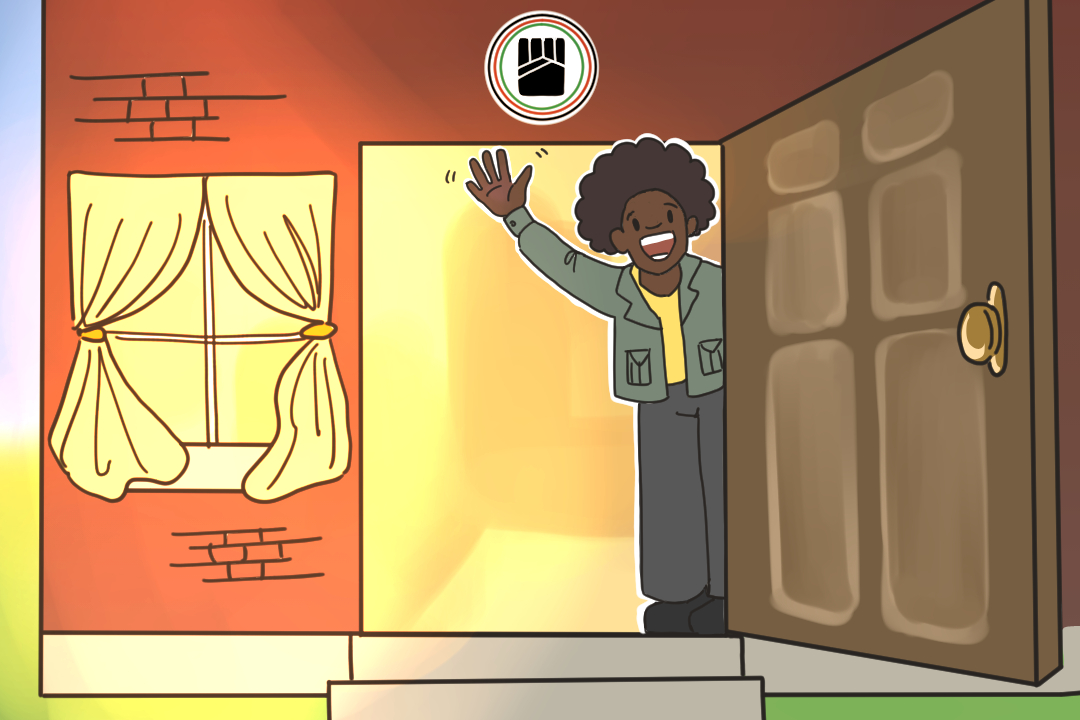The efforts of the Black Students’ Association (BSA) have often gone unnoticed and underappreciated. The BSA is the largest representation of self-identified Black students and has been deeply committed to the social and political rights of the Black student population at the University of Toronto.
More than just a school club, the BSA should be recognized and appreciated as an essential space at the university on account of its protection of the Black student population through its advocacy and racial equity determinations.
The reality is that it is draining to be a Black student at U of T. Whether it’s feeling powerless and defeated after a heavy lecture on slavery or racial microaggressions over your university period, Black students tend to experience an accumulation of discriminative and painful situations that weigh us down, almost like an invisible backpack.
Coupled with the fact that many Black students sometimes find themselves marginalized as the only Black person in their classrooms or sometimes in their programs, many of them report feelings of isolation and impostor syndrome at some point in their university journey.
Yet, the BSA serves as a fundamental buffer zone for peace of mind and well-being for Black students at the university. The BSA has cultivated a space for Black students to connect with one another and form a solidified community, alleviating feelings of loneliness that can be constantly felt in other university spaces.
Through its ambitious and creative events program throughout the year, such as its annual Black History Month Programming and the BSA Art Show, the club gives Black students a chance to put down their invisible backpack and celebrate their identity in an institution that fails to do so.
Beyond creative events, the BSA has engaged in indispensable advocacy and advancement of social justice measures to make campus a more equitable space for Black students. Drawing from my two-year experience as the former political director and current president, the BSA executive team puts in long and taxing hours to implement anti-racism initiatives and advance equity measures for the protection of the Black student population.
For instance, in response to the systemic low enrolment of Black students in postsecondary institutions, the BSA executive team founded and continues to run the annual BSA High School Conference to encourage Black high school students to enrol in postsecondary schools.
In addition, the BSA perpetually raises awareness on issues that affect Black students and the broader Black community, such as the BSA letter that addressed the effects of police brutality on the Black community. With countless other initiatives that the BSA implements, it is clear that the BSA plays an instrumental role in upholding the rights and fostering ways for Black students to prosper on campus.
In recognition of their crucial role at the university, I urge the University of Toronto administration to demonstrate true solidarity and allyship for the BSA through calls to action. It should not be the sole burden of the BSA and other Black-affiliated groups to carry out anti-racism advocacy, but instead, it should be a collective action that is supported by the administration in a top-down approach that allows the university to be as equitable as possible.
Rather than extending a hand in solidarity with the BSA primarily when there is a crisis in the Black community, I urge the administration and community to engage in permanent anti-racism actions even when there is no apparent crisis. To achieve this, I propose that the administration should implement the following calls to action.
First, I propose that they should listen to and consult with members of the BSA and other-Black affiliated groups prior to implementing equity and diversity policies while also ensuring that they do not burden students. Taking into account the voices of the Black student population would ensure that equity and diversity policies neither override nor ignore the demands of the Black student body and would allow those policies to be as truly equitable as they aim to be.
Second, I argue that the administration should mandate annual equity and diversity training that specifically focuses on anti-Black racism among all university staff, faculty, and even student clubs. This form of training would warrant that classroom and extracurricular spaces within the university are more welcoming and inclusive environments for the Black student population, as well as for other racialized groups.
Although this is not a comprehensive list, these reforms serve as first steps toward going beyond passive allyship, and instead demonstrating true and active solidarity with the BSA.
Lastly, I dedicate the remainder of this piece as an ode to the BSA. I pay tribute to the past and present BSA executives who are the backbone and pillars of the club and who have dedicated themselves to advocacy for their fellow Black students. I acknowledge the BSA membership, who, despite the hurdles that they may encounter on a daily basis, are constantly supporting the BSA’s endeavors and are truly the heart of the club.
This is also not to forget the BSA alumni, whose unparalleled struggles for equity measures have paved the way for the current and next generation of Black students here at the university, and whose efforts are never forgotten.
In a university where being a Black student can be a rather isolating experience, the BSA has managed to construct a safe space for Black students to feel at home. By enabling Black students to generate a community that feels like family and building walls of protection through its advancement in equity, the BSA has built a legacy in the political and social protection of the Black student body at the university. In light of this important role, the BSA deserves to be honoured and supported by the University of Toronto administration in all of its efforts.
Cindy Njoki Kamau is a fourth-year political science and African studies student at Victoria College. She is the president of the BSA.


